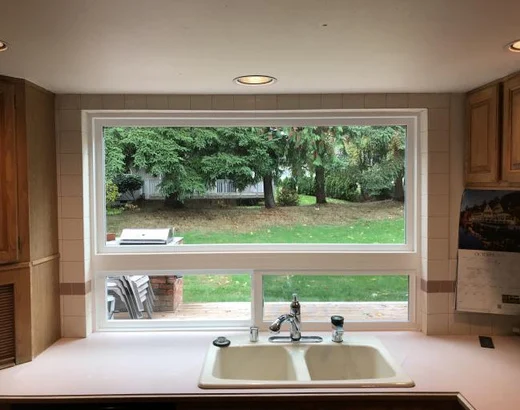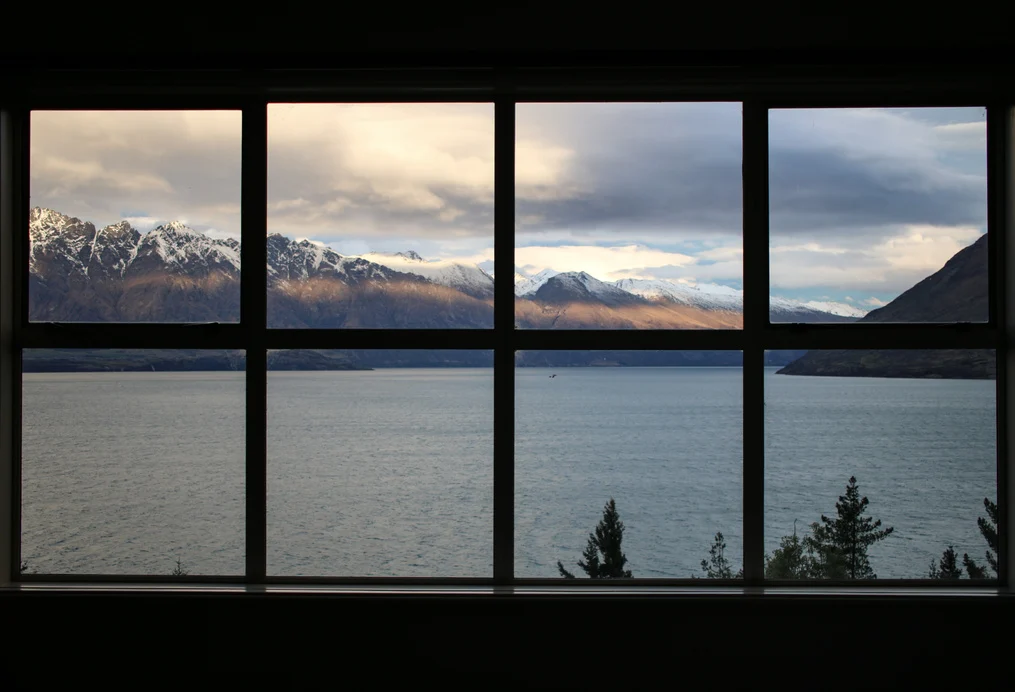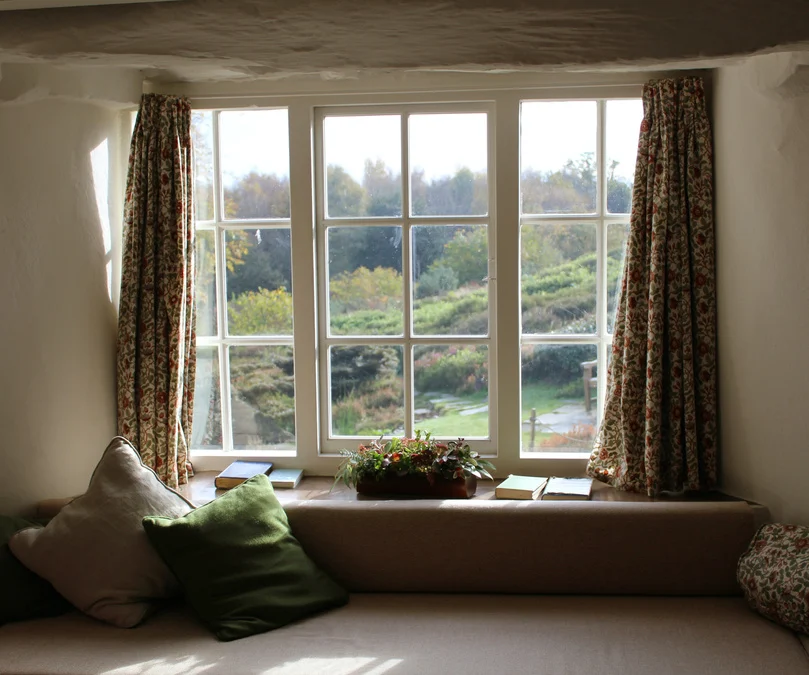What are French Casement Windows?
French casement windows are windows that open from the center outward. Providing lots of light, airflow, and added security. French casement windows are a popular choice for homeowners who want to add a touch of elegance and style to their home’s design.
In this article, we will explore the history and design of French casement windows, the benefits they offer, and tips for maintenance and care.
History and Design of French Casement Windows
French casement windows originated in France around the 18th century. They were initially designed to provide maximum ventilation to homes during the hot summer months, as well as keep the nasty weather out.
Fun fact, they were also designed for security! They were made to provide a barrier against intruders.
They are typically characterized by their two sashes that swing outward from the center. This allows for easy access and ample airflow. They are made for maximum natural light, allowing completely unobstructed views.
Traditional French casement windows are made of wood. However, they can also be made of vinyl and fiberglass (which are more durable).
They have an elegant design that complements a wide range of architectural styles, from traditional to contemporary. These types of windows are often used in homes with a classic or European-inspired design. However, they can also be incorporated into modern and minimalist designs.
In conclusion, French casement windows have a rich history and timeless design. They continue to be a popular choice for homeowners who value both form and function in their home’s design.
The American Twist
The name and design has slightly evolved in America. You’ll often hear people just refer to this product as the ‘Casement Window.’ It was redesigned in the US to adapt to different architectural styles, materials, and weather conditions.
Here are a few other adaptations:
Size
French casement windows were originally designed with smaller panes of glass due to the limitations of manufacturing technology at the time. However, in America, larger panes of glass became more common in the 20th century, allowing for larger French casement windows.
Material
In the past, French casement windows were typically made of wood. Today, they can be made of materials like vinyl and fiberglass, which offer better energy efficiency and durability.
Style
French casement windows have been adapted to fit various architectural styles in America, including Colonial, Victorian, and Modern styles. They can be customized with different colors, finishes, and hardware to match the style of a home.
Energy Efficiency
With advancements in technology, casement windows in America have become more energy efficient. Many manufacturers now offer windows with Low-E coatings, insulated glass, and weather stripping to improve energy efficiency and reduce energy costs.
Security
French casement windows have also evolved to include features that enhance security, such as multipoint locking systems and laminated glass.
Overall, French casement windows in America have evolved to meet the changing needs of homeowners and to take advantage of technological advancements in manufacturing and building materials.
Throughout this article, we will be using “French casement window” and “casement window” interchangeably. Contents still hold true to how the windows are in America.
Benefits of French Casement Windows
French casement windows offer a range of benefits to homeowners.
Increased Natural Light:
Casement windows are designed to provide maximum natural light to the room. The unobstructed opening allows for a wider and more expansive view, bringing more natural light into the space and creating a more inviting atmosphere.
Improved Ventilation
The two sashes of a French casement window swing open from the center, allowing fresh air to flow freely into the room. This makes French casement windows an excellent choice for rooms that require increased airflow.
Unobstructed View
Casement windows have no central mullion or vertical bar. Thus, providing an unobstructed view of the outside world. This makes them an excellent choice for homes with scenic views or for homeowners who want to maximize their natural surroundings.
Security
They were originally created for added security, and that hasn’t changed. To this day, they are often equipped with advanced locking mechanisms and hardware, making them a secure choice for homeowners. The two sashes of the window are secured together in the center, providing a more secure barrier against intruders.
Aesthetic Appeal
French casement windows have a timeless and elegant design that adds a touch of sophistication and style to any home. They are often used in homes with a classic or European-inspired design, but can also be incorporated into modern and minimalist designs.
Customizable
French casement windows can be customized to fit the unique design and style of any home. Customers have a variety of materials, finishes, and colors to choose from for these windows.
Overall, casement windows offer a range of benefits that make them an excellent choice for homeowners who want to enhance the natural light, ventilation, security, and style of their home.
Maintenance and Care for Casement Windows
Proper maintenance and care are essential to keep French casement windows looking and functioning their best. Here are some tips:
- Regularly clean your windows with a gentle, non-abrasive cleaner and a soft cloth. Even mild soap or a window cleaner will do the job!
- Check the hinges and hardware for any sign of wear or damage, and lubricate them as needed. Silicone-based lubricants are best for these windows.
- Keep the window frames and sills free of debris and moisture to prevent rot and damage.
- If the frame is made of wood, maintain the finish with regular painting or staining. This helps protect the wood from moisture and prevent rotting or warping.
Avoid using abrasive cleaners or harsh chemicals, as they can damage the finish and hardware of the window. If you notice the weatherstripping is damaged or worn, it should be replaced promptly to prevent air leaks and energy loss.
Inspect the window frames, sashes, and hardware periodically for signs of damage, such as cracks, warping, or corrosion. If any damage is found, it should be repaired promptly to prevent further damage and ensure proper operation of the window.
By following these maintenance and care tips, homeowners can help to ensure that their French casement windows remain in top condition, providing maximum natural light, ventilation, and security to their home for years to come.
Conclusion:
French casement windows are a beautiful and functional addition to any home. They offer a range of benefits; from increased natural light and fresh air to an unobstructed view of the outside. By following the tips for maintenance and care outlined in this article, you can ensure that your casement windows remain in excellent condition for years to come.
If you are ever interested in Casement Windows, reach out to Umeasureit today!




